Digital Mission Engineering Solutions from AGI, an Ansys Company
Digital mission engineering, pioneered by AGI, combines digital modeling, simulation, testing, and analysis to evaluate mission outcomes at every phase of a system’s life cycle. Evaluate the full effect of each change you make and find problems before they become crises. Explore hypotheses about uncertain capabilities so that you can literally plan for the unknown. With digital mission engineering software, you can measure the performance of a system in its operational context from the very first sketch to the final prototype.
When you combine Ansys’ market-leading, physics-based simulation engines with AGI’s digital mission engineering software, you can extend your analysis to every phase of the project life cycle — concept, development, deployment, operations, and sustainment.
Digital Mission Engineering
Ansys 2022 R1 adds an array of new features and performance improvements for analyzing and visualizing complex systems in the context of your mission in STK, including:
- Expanded rendezvous and proximity operations (RPO) capabilities
STK raises the bar for modeling RPO, adding new curvilinear calculation objects that you can use to compute quantities that are more naturally consistent with a given orbit than previously possible in STK.

- FMI/FMU compatibility plugin
STK introduces a plugin enabling you to integrate with Ansys physics solvers through FMUs, so you can create a mission simulation that accounts for dynamical characteristics of mechanical, electronic, and fluids subsystems. - Ansys Discovery CAD to STK
STK includes a plugin to Ansys Discovery and Ansys SpaceClaim that provides a seamless method for converting detailed CAD models into the glTF format preferred for STK. You can even imbue these converted models with additional features such as sensor attachment points, steerable elements, and articulations. - Modelling large constellations
You can now use a satellite collection to represent an entire constellation of satellites as a single object in STK to provide basic visualization, a minimal memory footprint, and efficient save and load operations.
Digital Mission Engineering Products
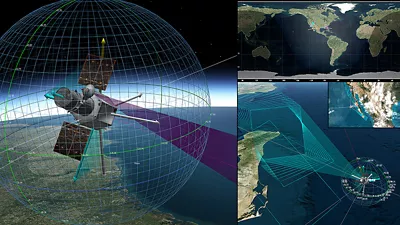
Systems Tool Kit (STK) provides an environment for analysing and visualising complex systems in the context of your mission. Interact with data from platforms across the aerospace, defense, telecommunications, and other industries. Simulate your intended missions and communicate the results with reports, graphs, and stunning 3D animations.
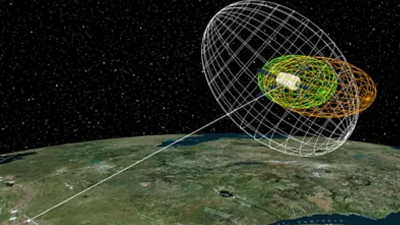
Orbit Determination Tool Kit (ODTK) processes tracking data and generates orbit ephemeris with realistic covariance. With ODTK, you can process a wide variety of traditional and non-traditional measurements using a state-of-the-art optimal sequential filter and matched smoother to generate orbits and realistic covariance.
Digital Mission Engineering Applications
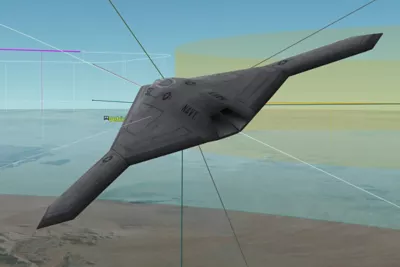
Air systems
Deliver systems faster and accelerate operational decision-making.
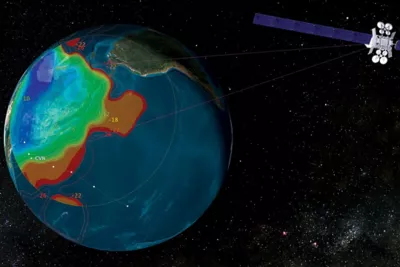
Communications
Model complex, multidomain systems that incorporate your communications systems. Ensure that all your missions will have the communications they need to succeed. Evaluate configurations for your communications systems to optimise them. Arrange your assets where they give you the most while costing you the least.
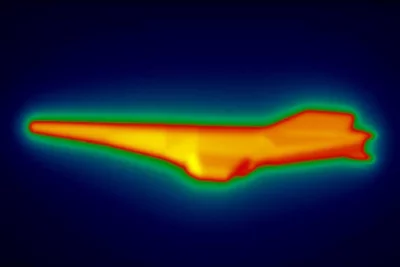
Electro-Optical and Infrared Sensors
Go beyond geometry and model radiometric detection to evaluate EOIR sensor performance. Analyze performance and detection over time.
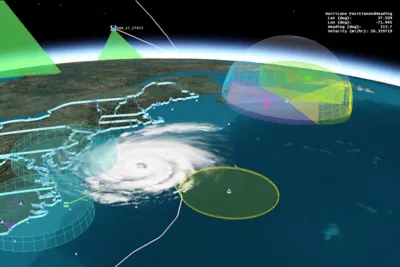
Geospatial Analysis
As the expanding demand for geospatial intelligence is met with rapidly expanding data sets, don’t get overwhelmed by it. Put all your geospatial data to fast, effective use.
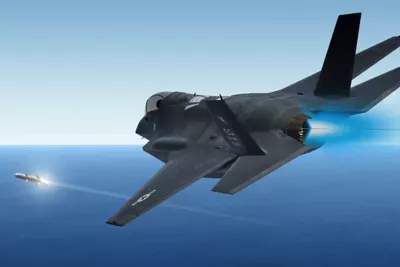
Missle Systems and Hypersonics
To understand a missile’s capabilities or plan an effective missile defense, you need to look at the whole picture. From a single engagement to an entire campaign, modelling the full operational environment is critical to effective system engineering, test, and operations.
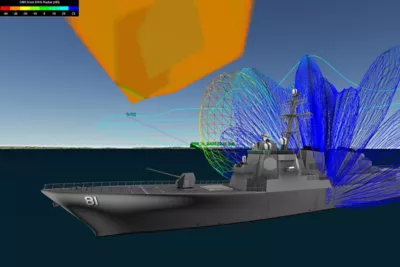
Radar Systems
Model radar systems with exquisite fidelity and apply them to the big picture – your system of systems and the things you need them to detect.
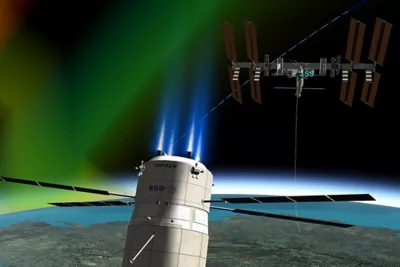
Space Operations
Plan, design, build, and operate multifaceted space missions.
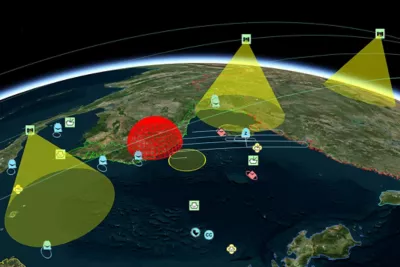
All-Domain Missions
Land, sea, air, space, cyber – dominance in one domain is no longer possible without systems that span them all. Simulate multidoman, multi-aspect systems to streamline development, dismantle silos, and accelerate delivery.
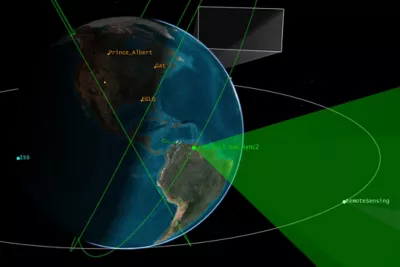
Space Situational Awareness
Automate routine, repetitive tasks that maintain your catalog of orbiting space objects in a state of readiness. Deveote your time and expertise to solving problems using the data, rahter than solving problems about the data.



